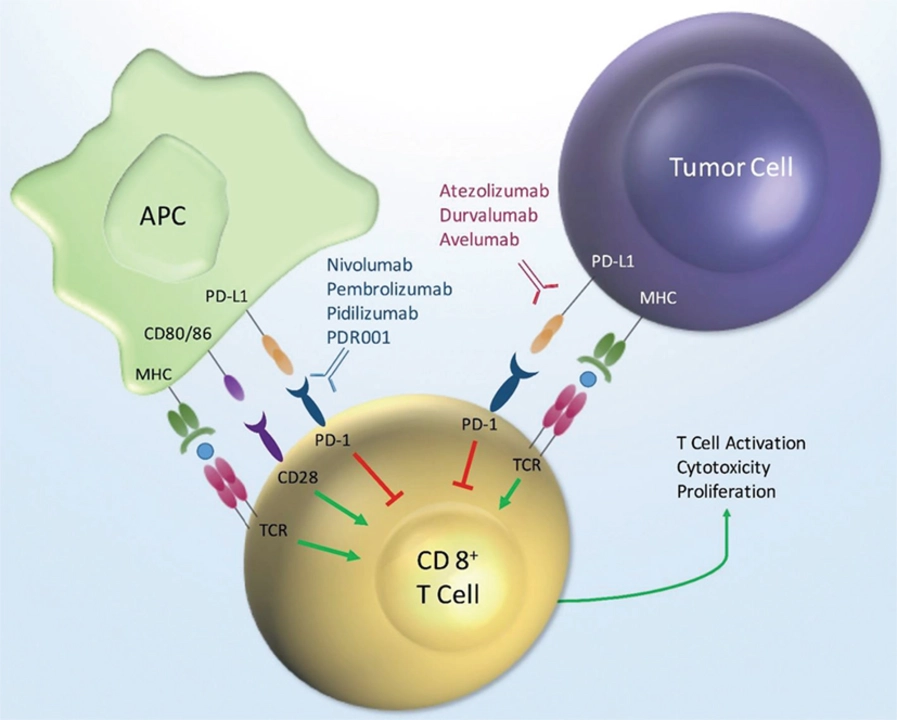Immunosuppressant: What They Do and How to Use Them Safely
Did you know the same drugs that save organ transplants can also make everyday infections dangerous? Immunosuppressants turn down your immune system so it won’t attack transplanted tissue or your own body. That helps many people, but it also raises real risks. This page explains how these drugs work, what to watch for, and practical steps to stay safer while you’re on them.
How immunosuppressants work and common types
Most immunosuppressants fall into clear groups. Corticosteroids (like prednisone or deflazacort) cut inflammation fast. Antimetabolites (azathioprine, mycophenolate) block immune-cell growth. Calcineurin inhibitors (cyclosporine, tacrolimus) stop immune signaling. Biologics (rituximab, infliximab) target specific immune proteins. Each one helps in different conditions — transplants, rheumatoid arthritis, lupus, and some rare diseases — but each also brings its own side effects.
Think of the choices like tools: steroids are quick and blunt; biologics are precise but need careful monitoring. Doctors often combine drugs to use lower doses of each and reduce side effects.
Practical safety tips you can use now
Start with the lowest dose that works. Many problems come from long-term high-dose use, especially with steroids. If your doctor says taper, follow the plan — stopping suddenly can be dangerous. Keep a list of your meds and share it with every clinician you see.
Watch for signs of infection: fever, chills, cough, sore throat, red or draining wounds. Call your doctor quickly — infections can get worse fast when your defenses are lowered. Vaccines matter: get up-to-date on non-live vaccines before starting strong immunosuppressants. Live vaccines (like MMR, some shingles shots) are usually off-limits during treatment.
Get routine blood tests. Labs check drug levels, liver and kidney function, and blood counts. These tests catch trouble early and let your provider adjust dosing. Don’t skip them even if you feel fine.
Mind everyday choices: good hand hygiene, avoid close contact with sick people, practice food safety, and protect skin from sun (some drugs raise skin cancer risk). Ask about bone health and blood sugar monitoring, especially if you use steroids long-term.
Looking for alternatives? Some people move from steroids to steroid-sparing drugs or targeted biologics to reduce side effects. Others use topical or local treatments when possible to avoid systemic immunosuppression. Natural approaches (anti-inflammatory diet, sleep, stress control) can help symptom control but usually don’t replace prescription drugs for moderate to severe disease.
On KwikMed you'll find related reads like “Deflazacort's Role in Managing Duchenne Muscular Dystrophy,” “Top 8 Alternatives to Prelone,” and tips on managing autoimmune flares naturally. Use those articles to learn specifics about certain drugs and practical patient tips.
Questions for your next visit: What are the main risks for my drug? Which vaccines should I get now? How often will I need blood tests? Who do I call if I get a fever? Keep those handy — clear questions make safer treatment easier.

